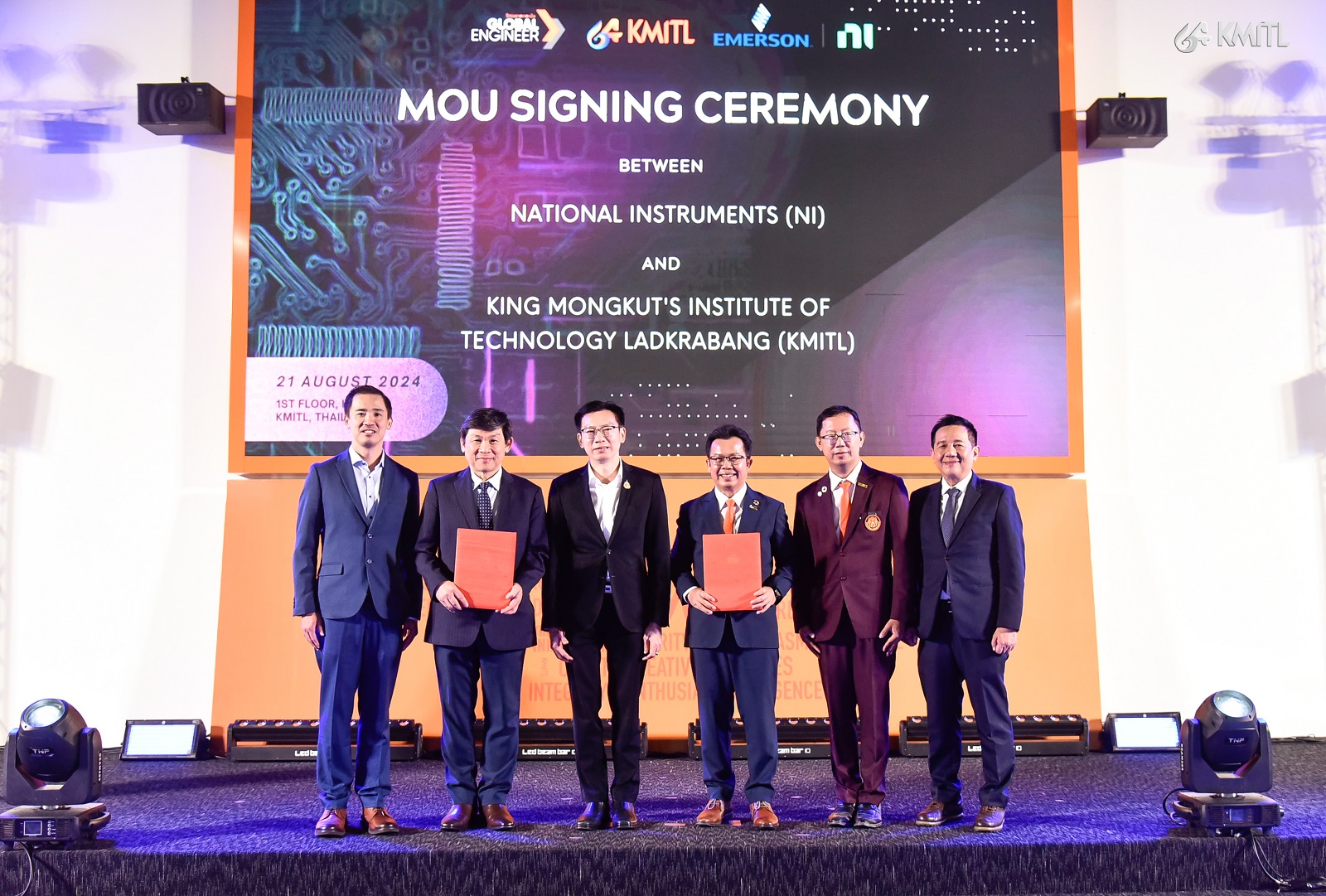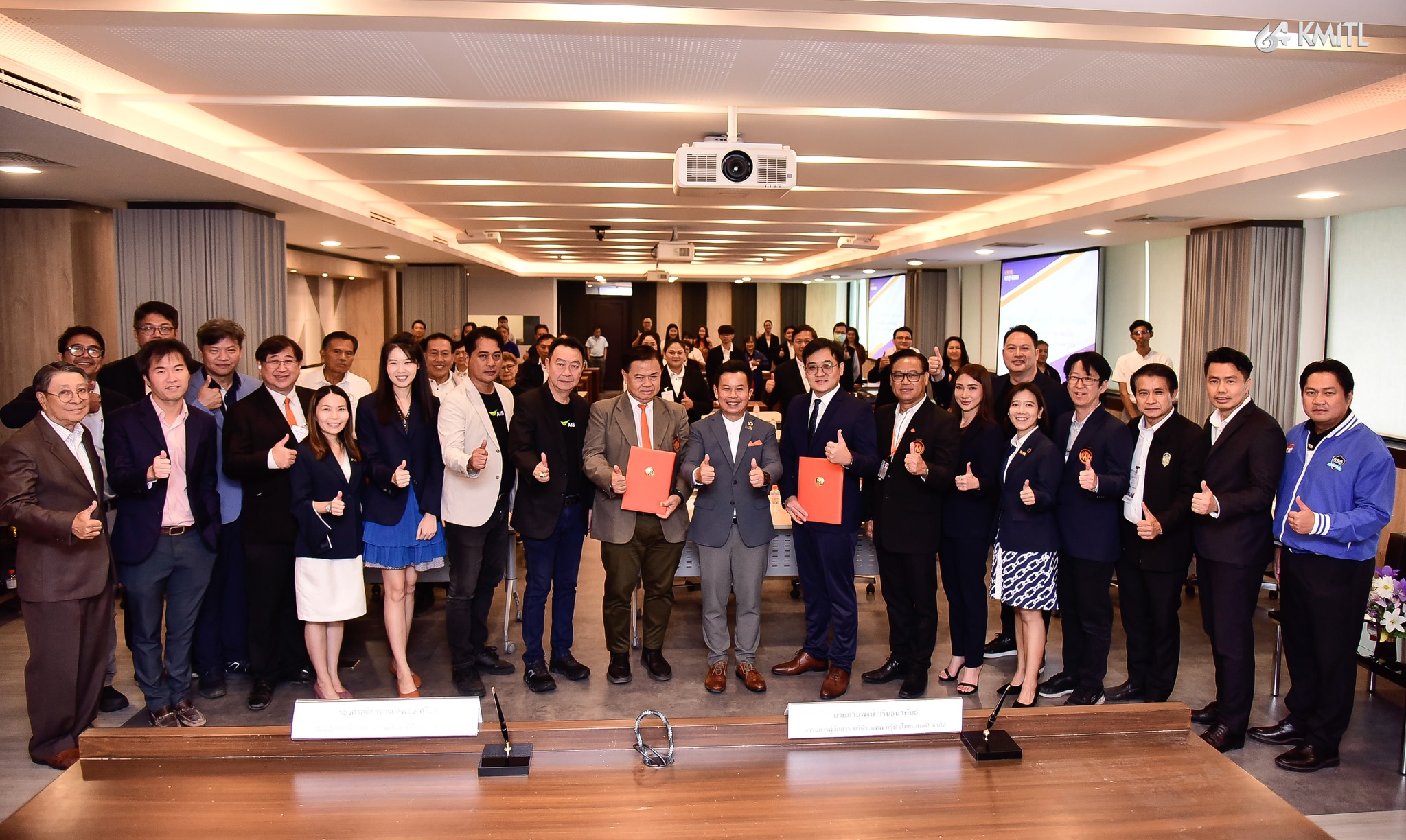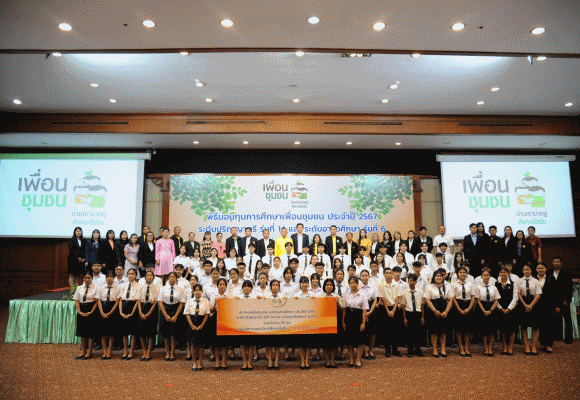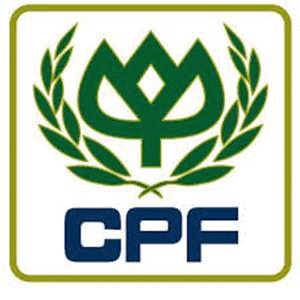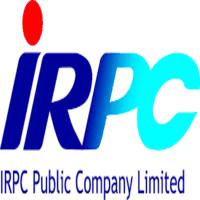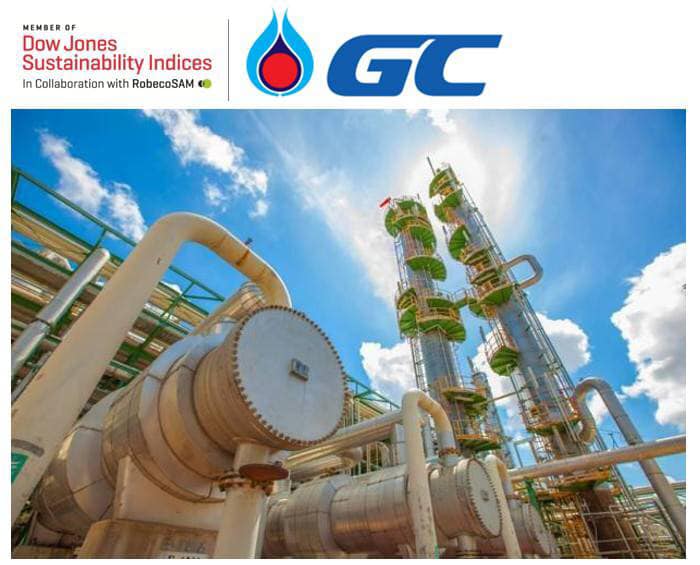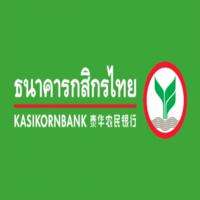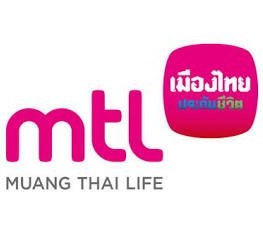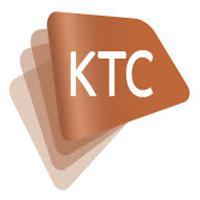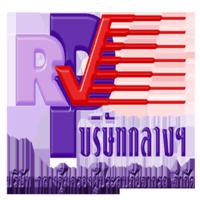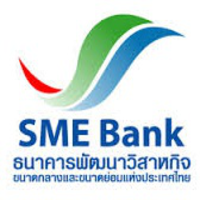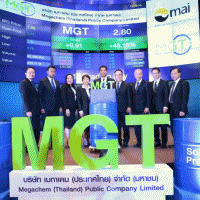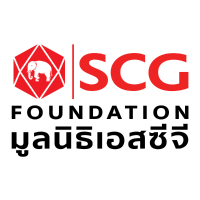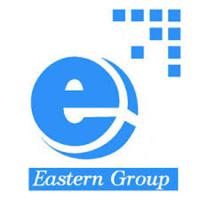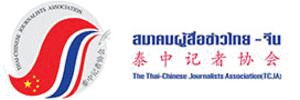- Details
- Category: เกษตร
- Published: Sunday, 24 August 2014 22:33
- Hits: 3407

ฟูจิตสึ เสริมนวัตกรรมชูจุดแข็งโซลูชันเพื่อการบริหารการเพาะปลูก ด้วย Akisai Food and Agriculture Cloud
จิตสึเปิดเผยว่าฟูจิตสึได้พัฒนานวัตกรรมเสริมบริการด้านการบริหารจัดการการผลิตสำหรับ Akisai”คลาวด์เพื่ออุตสาหกรรมอาหารและการเกษตร ด้วยการเพิ่มระบบการบริหารจัดการการผลิตให้กับ บริษัท โคบายาชิ ครีเอท จำกัด ซึ่งเป็นบริษัทที่ริเริ่มปลูกและขายผักในรูปแบบ “อุตสาหกรรม”
(1) โดยโซลูชันนี้จะบริหารจัดการกระบวนการปลูกพืชในระบบอุตสาหกรรมและในสภาพแวดล้อมโรงเรือนเพาะชำ
(2) ฟูจิตสึยังพัฒนาโซลูชันใหม่ให้พร้อมเป็นส่วนหนึ่งของโซลูชันอัจฉริยะของฟูจิตสึ คลาวด์เพื่ออุตสาหกรรมอาหารและการเกษตร ภายใต้ชื่อ Akisai โดยจะเริ่มให้บริการเชิงพาณิชย์ในเดือนสิงหาคมนี้ โดยจะเริ่มให้บริการเฉพาะในประเทศญี่ปุ่นก่อน
โซลูชันใหม่นี้จะใช้ประโยชน์จากอุปกรณ์อ่านโค้ดมือถือ เพื่อการเก็บข้อมูลและบริหารจัดการที่สะดวกง่ายดายในฟาร์ม โดยบริการนี้เหมาะอย่างยิ่งสำหรับการบริหารจัดการการเติบโตของพืชในระบบอุตสาหกรรมและในโรงเรือนเพาะปลูก ที่มีระบบการเพาะปลูกเป็นจำนวนมากและแบ่งเป็นกลุ่มๆ หรือมีความหลากหลายของพืชที่แตกต่างกันไม่มาก
ในอนาคต ฟูจิตสึตั้งเป้าหมายจะเชื่อมโยงข้อมูลจากบริการนี้ด้วยข้อมูลจากบริการอื่นๆ ใน Akisai เพื่อสร้างระบบซัพพลายเชนที่ครอบคลุมกระบวนการจัดซื้อ กระบวนการผลิต กระบวนการจัดส่งและการบริหารจัดการคลังสินค้าและนำไปสู่การมีส่วนร่วมสร้างการบริหารจัดการด้านการเกษตรเชิงองค์กรที่มุ่งเน้นการสร้างรายได้สูงและมีประสิทธิภาพ
ข้อมูลพื้นฐานและปัญหา
ในโรงเรือนเพาะปลูกหรือการปลูกพืชในระบบอุตสาหกรรม จะมีแมลงรบกวนและสิ่งปนเปื้อนน้อย ซึ่งหมายถึงปัจจัยจากสภาพแวดล้อมได้ถูกควบคุมและส่งผลน้อย จึงสามารถวางรูปแบบการเพาะปลูกให้เป็นระบบและกำหนดกระบวนการผลิตได้อย่างต่อเนื่องเป็นรอบที่ชัดเจน จึงสามารถจัดระเบียบว่าอะไรที่จะปลูกได้อย่างเหมาะสม ไม่ว่าจะเป็นผัก ผลิต ดอกไม้หรือการเก็บเมล็ดพันธุ์ ในทางตรงกันข้าม การปลูกพืชแบบทั่วไป ต้องอาศัยการบริหารจัดการพืชเฉพาะเป็นกลุ่มๆ และอาจต้องมีการเปลี่ยนแปลงพื้นที่การเพาะปลูกระหว่างการเติบโต ซึ่งอาจต้องเสียเวลา เสียแรงงานในการจัดเก็บและบริหารจัดการข้อมูลการทำงานอย่างมาก
ความสามารถใหม่ในระบบบริหารจัดการการเพาะปลูก
ด้วยบริการใหม่นี้ เกษตรกรสามารถหยิบอุปกรณ์อ่านโค้ดมือถือเข้าไปอ่านป้าย RFID หรือป้ายบาร์โค้ดที่ถูกกำหนดไว้จำเพาะในแต่ละกลุ่มหรือแยกจำเพาะอย่างเด่นชัด ก็สามารถป้อนข้อมูลการทำงานได้อย่างถูกต้อง จึงอำนวยความสะดวกให้กับการบริหารจัดการด้านประวัติการทำงาน ตั้งแต่การวางแผนการปลูกไปจนถึงการเก็บเกี่ยว จึงช่วยให้สำหรับการปลูกพืชในระบบอุตสาหกรรมก็จะสามารถปรับเปลี่ยนลำดับการเพาะปลูกไปตามวงจรกระบวนการปลูกได้อย่างเหมาะสม
นอกจากนี้ ข้อมูลที่ป้อนเข้าในอุปกรณ์อ่านโค้ดมือถือยังสามารถเก็บในคอมพิวเตอร์ทั่วไปได้ จึงช่วยให้สามารถตรวจสอบความคืบหน้าในการทำงาน และพิจารณาปัจจัยในการเติบโตเพื่อการบริหารพืชแต่ละล็อตได้ ซึ่งหมายถึงช่วยจัดระเบียบและวิเคราะห์ข้อมูลเช่น ความล่าช้าในการทำงาน การตอบสนองต่อเงื่อนไขของพืชแต่ละล็อต ผลลัพธ์คือการบริหารจัดการกระบวนการเพาะปลูกได้อย่างมีประสิทธิภาพ นอกจากนี้ยังสามารถแบ่งปันข้อมูลเหล่านี้ให้กับนักวิชาการด้านการเกษตร หรือผู้เพาะปลูกรายอื่นๆ เพื่อส่งเสริมให้เกิดเทคนิคการปลูกที่มีคุณภาพดียิ่งขึ้นไป
ฟูจิตสึมีแผนจะเปิดให้บริการนี้ภายในเดือนตุลาคม พ.ศ. 2557โดยเริ่มจากการนำไปใช้ในโรงเรือนเพาะปลูกระบบอุตสาหกรรมของเราเองในเมืองไอสึวากามัทสึ ที่ซึ่งปลูกผักกาดหอมโพแทสเซียมต่ำ ในขณะที่เก็บความต้องการจากผู้เพาะปลูกและชาวเกษตรกรตัวจริงนั้น ฟูจิตสึจะยังคงขยายและเสริมความสามารถของบริการคลาวด์เพื่ออุตสาหกรรมอาหารและการเกษตร Akisai ต่อไป ด้วยการใช้ประโยชน์จากเทคโนโลยีสารสนเทศ จึงมั่นใจได้ว่าในอนาคตเราจะมีความมั่นคงทางอาหารอย่างเหมาะสม
[1] การปลูกพืชในระบบอุตสาหกรรม
ระบบอำนวยความสะดวกเพื่อการเพาะปลูกพืชได้ตามเป้าหมาย โดยไม่ต้องคำนึงถึงฤดูกาล และจัดเตรียมสิ่งจำเป็นสำหรับการเติบโตของพืชอย่างเหมาะสมภายใต้การควบคุมสภาพแวดล้อมโดยมนุษย์ อาทิ ระบบแสงสว่าง LED, ระบบจ่ายปุ๋ยทางน้ำ และระบบสภาพอากาศ
[2] โรงเรือนเพาะชำ
สิ่งอำนวยความสะดวกให้การกิจกรรมการเพาะปลูกได้รับการดำเนินการอย่างเหมาะสม เช่น กระจก ไวนิล หรือโครงสร้างอื่นๆ ที่มีลักษณะก่อให้เกิดสภาพเรือนกระจก เพื่อรักษาและควบคุมอุณหภูมิและความชื้น
Fujitsu Strengthens Production Management Solution for ‘Plant Factories’ with Akisai Food and Agriculture Cloud
Fujitsu today announced that it will enhance its production management service lineup for the ‘Akisai’ Food and Agriculture Cloud by adding a production management system provided by Kobayashi Create Co. Ltd, a company that has begun to produce and sells vegetables grown in "plant factories"(1). The solution manages the production of plant factories and greenhouse horticulture(2). Fujitsu will make the new solution available as part of FUJITSU Intelligent Society Solution ‘Akisai’ Food and Agriculture Cloud. Sales will commence in August 2014. The service will only be available in Japan.
This new solution utilizes a handheld tag reader to simplify the on-site collection of work records and data management. The service is ideally suited to manage plant growth in plant factories and greenhouse horticulture sites that manage cultivated crops by respective lot, or that raise a variety of different crops in small quantities.
In the future, Fujitsu will aim to integrate the data from this service with data from other Akisai services to create an entire supply chain encompassing ordering, production, shipping, and inventory management,and thereby contribute to the creation of enterprise-style agricultural management with higher earnings and efficiency.
Background and Issues
In plant factory and greenhouse horticulture cultivation, fewer insects and less contamination, as well as less impact from the natural environment, mean it is possible to have systematic and stable production year-round, thereby diversifying what is cultivated, including vegetables, fruits, flowering trees, and seedlings. On the other hand, in contrast to field cultivation, there is a need to manage individual lots and to transfer locations of cultivation during growth, entailing extra time and effort to collect and manage work records.
Features of the new production management system
With the new service, workers can now hold up a handheld tag reader to RFID tags or two-dimensional coded tags assigned to each respective lot and individually identify and input work results. This facilitates the management of work histories from planting to harvest, even for plant factories that transfer the location of cultivation in the course of the cultivation cycle.
In addition, information input in the handheld tag reader can be stored in an office PC, allowing for the visual verification of work progress and growing conditions for each individually managed lot. This enables the tabulation and analysis of such information as work delays and response conditions for each lot, resulting in more efficient production management. Furthermore, sharing of results data among agricultural producers promotes the acquisition of cultivation techniques and improved work quality.
Fujitsu plans to deploy this service in October 2014 to its own plant factory in Aizu-Wakamatsu where it produces low-potassium lettuce. While listening to the front-line needs of agricultural producers, Fujitsu will continue to expand and enhance its "Akisai" Food and Agriculture Cloud services, thereby utilizing ICT to ensure plentiful food supplies in the future.
- [1] Plant factory
- [2] Horticulture facilities
A facility-housed system whereby ongoing production of plants can be achieved, regardless of season, by providing the requisites for growth in a human-controlled environment - including LED lighting, ventilation, and liquid nutrients.
Facilities in which horticulture activities are carried out. These facilities are typically glass, vinyl or other types of container-like greenhouses that are heated or maintain heat.
สำหรับสื่อมวลชน สามารถสอบถามรายละเอียดเพิ่มเติมได้ที่
คุณวันเพ็ญ กิติบุญญารัศมี
Marketing Communication Department
บริษัท ฟูจิตสึ ซีสเต็ม บีสซีเนส (ประเทศไทย) จำกัด
โทรศัพท์: 02-302-1500 อีเมล: [email protected]
คุณธนิษฐา วิทยานนท์ /คุณมณีรัตน์ นัดหา
ที่ปรึกษาฝ่ายประชาสัมพันธ์ บริษัท พีอาร์ วัน เน็ทเวิร์ค จำกัด
โทรศัพท์: 02-937-4518-9 อีเมล: [email protected]; [email protected]










